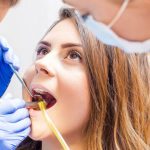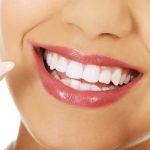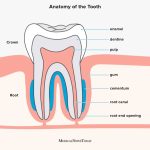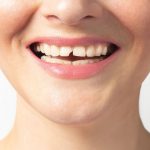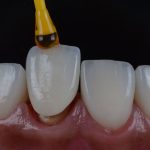Teaching Healthy Habits: How to Brush Your Toddler’s Teeth in 5 Easy Steps
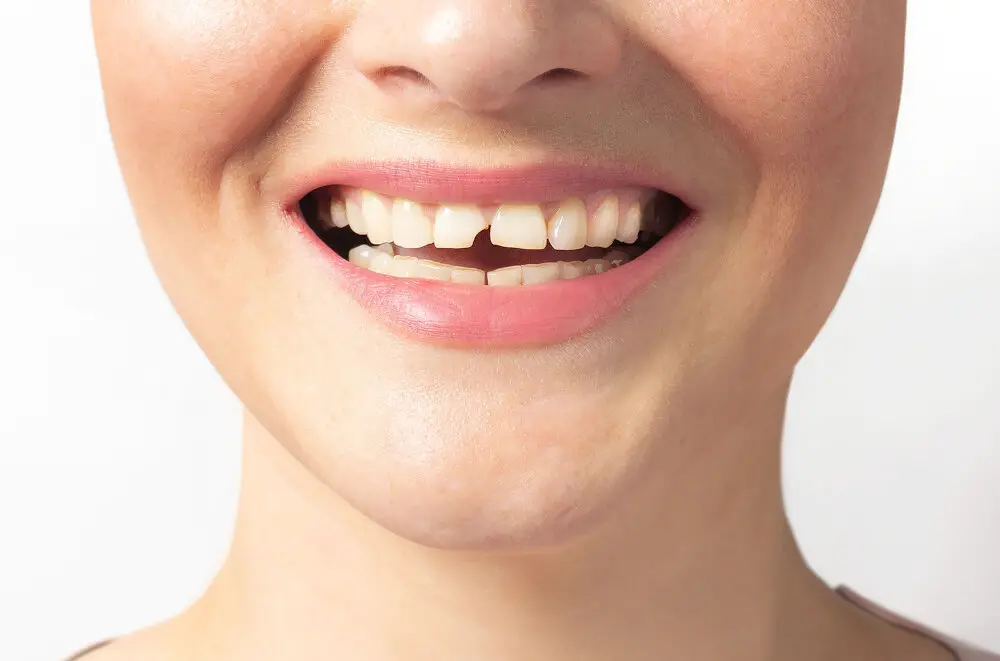
Oral hygiene is an essential aspect of a child’s overall health and well-being. However, many parents struggle to teach their toddlers the importance of brushing their teeth regularly. Toddlers are notorious for being difficult to manage, and convincing them to brush their teeth can be a daunting task. As a result, parents often give up and let their children skip brushing their teeth, which can lead to dental problems in the future. Therefore, it is crucial for parents to learn how to teach their toddlers good dental habits early on. Teaching your toddler how to brush their teeth is a crucial step in their oral hygiene routine. However, it can be challenging to get your child to cooperate and brush for the recommended two minutes. Fortunately, there are simple and easy steps that you can follow to make brushing time more manageable and enjoyable for both you and your toddler. By following these steps, you can ensure that your child develops good dental habits that will last a lifetime. In this article, we will explore five easy steps to help you teach your toddler how to brush their teeth effectively.
Teaching healthy habits at an early age is crucial for a child’s overall development and well-being. By instilling good habits from a young age, children are more likely to maintain healthy habits throughout their lives. Developing good oral hygiene practices, such as brushing teeth, is especially important, as poor oral health can lead to a range of issues, including cavities, gum disease, and even systemic diseases. By teaching children how to brush their teeth in five easy steps, parents and caregivers can help set them up for a lifetime of healthy teeth and gums. In addition, instilling healthy habits at an early age can lead to better physical health, improved mental health, and increased self-esteem.
Brushing teeth is an essential habit to teach toddlers as it not only helps maintain their oral hygiene but also prevents tooth decay and gum disease. Toddlers are at a stage where their teeth are still developing, and it is crucial to establish good oral care habits early on. Brushing teeth removes food particles and plaque that can lead to cavities and gum inflammation. Additionally, good oral hygiene habits can prevent bad breath and promote healthy teeth and gums. Teaching toddlers how to brush their teeth in five easy steps can help them develop a lifetime of good oral care habits.
Preparing for the Brushing Session
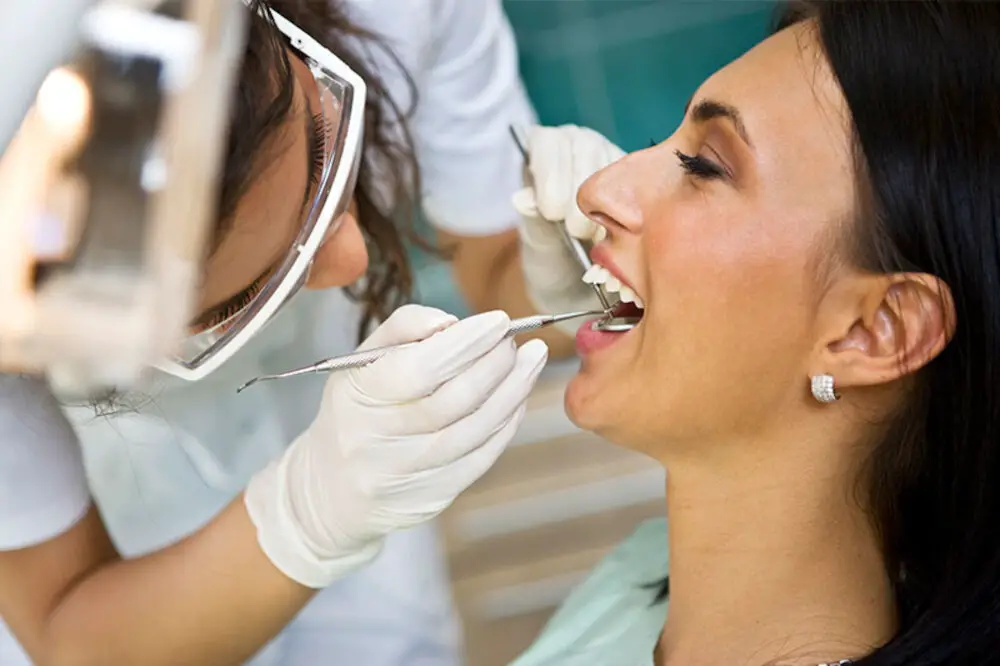
As parents, preparing for a brushing session with your toddler is essential to ensure a successful and enjoyable experience for both parties. Firstly, it’s important to create a comfortable and safe environment that encourages participation in the activity. This can be done by selecting a quiet and well-lit area in the house where your child feels secure and relaxed. Additionally, it’s crucial to remove any distractions such as toys, gadgets or TV since these can hinder your toddler’s focus during the brushing session. Secondly, it’s imperative to gather all the necessary tools and equipment before beginning the brushing session. This includes a soft-bristled toothbrush that’s specifically designed for toddlers, a pea-sized amount of fluoride toothpaste, and a cup of water to rinse the mouth after brushing. It’s also a good idea to have a towel or bib handy to wipe any excess toothpaste or saliva. By having all these items within reach, you can avoid any disruptions during the brushing session and ensure that your toddler remains focused on the task at hand. Overall, taking the time to prepare for the brushing session can make a significant difference in your toddler’s oral hygiene and create a positive experience that will last a lifetime.
When it comes to teaching your toddler how to brush their teeth, it is essential to gather all the necessary tools and supplies first. This includes a soft-bristled toothbrush, toothpaste suitable for children, a cup of water, and a towel. It is crucial to choose a toothbrush that is easy for your child to hold and maneuver. The toothpaste should be safe, fluoride-free, and have a pleasant taste that your toddler enjoys. You should also have a cup of water on hand to help rinse their mouth and a towel to clean up any mess after brushing. Having all these tools and supplies at hand will make the process easier and more efficient.
Creating a comfortable and safe environment is crucial when teaching your toddler how to brush their teeth. Start by choosing a quiet and calm area, free from distractions. Use a comfortable chair or cushion for your child to sit on, and ensure they feel secure and at ease. It’s also important to make sure you have all the necessary items within reach, such as toothpaste, toothbrush, and a cup of water. This will help avoid any unnecessary movement or distractions during the brushing process. Additionally, make sure the area is well-lit and free of any potential hazards, such as electrical sockets or sharp objects. By creating a comfortable and safe environment, your child will feel more relaxed and receptive to learning healthy habits for their teeth.
Making Brushing Fun
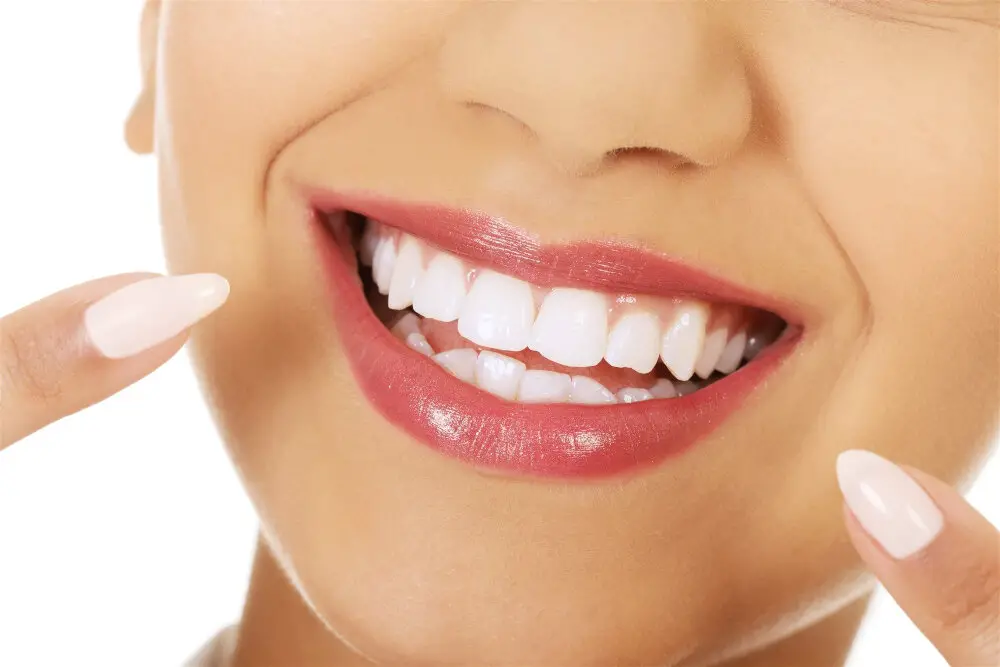
As parents, we know how challenging it can be to convince our toddlers to brush their teeth. However, making brushing fun can be a game-changer in motivating them to adopt healthy dental habits. Here are some ideas that can help you make brushing fun for your little ones:Firstly, make it a family activity. Brush your teeth with your toddler and show them how it’s done. You can even make a game out of it by seeing who can brush their teeth the longest or who can make the silliest face while doing it. This will not only make brushing more enjoyable for your child, but it will also help build a strong bond between you and your little one. Secondly, introduce fun toothbrushes and toothpaste. Nowadays, there are a variety of toothbrushes and toothpaste flavors available that will make brushing more exciting for your child. You can let them choose their own toothbrush and toothpaste and make it a special occasion every time they brush their teeth. This will help them look forward to brushing their teeth and make it a positive experience for them. In conclusion, making brushing fun is a crucial step in teaching your toddler healthy dental habits. By making it a family activity and introducing fun toothbrushes and toothpaste, you can turn brushing time into an enjoyable experience for your little one. With a bit of creativity and patience, you can help your toddler develop healthy dental habits that will last a lifetime.
Encouraging your toddler to brush their teeth can be a challenging task, but turning brushing into a game can make it fun and engaging for them. There are various ways to turn brushing into a game, such as singing a toothbrushing song, pretending to be animals while brushing, or having a toothbrushing competition. You can also use a timer or a toothbrushing app to make it more exciting. By making brushing enjoyable, your toddler will be more likely to develop a positive attitude towards oral hygiene and be more willing to brush their teeth regularly. Remember that teaching healthy habits can be fun and rewarding for both you and your child.
Positive reinforcement is a powerful tool when it comes to teaching healthy habits, such as brushing your toddler’s teeth. By rewarding your child’s good behavior with praise, treats, or small incentives, you can encourage them to continue the habit and make it a part of their daily routine. For instance, you can offer a sticker or a high-five after they brush their teeth, or let them choose their favorite toothbrush or toothpaste as a reward for good behavior. As you use positive reinforcement, remember to be consistent, specific, and sincere in your praise, so that your child feels valued and motivated to keep up the good work. With patience and positivity, you can help your toddler develop healthy habits that will benefit them for a lifetime.
The 5 Easy Steps

As a parent, one of the most challenging aspects of taking care of your toddler is teaching them healthy habits. One such habit is brushing their teeth, which can be quite a daunting task. However, with the 5 easy steps outlined in this article, the process becomes much simpler. The first step involves positioning your child comfortably, either on your lap or standing in front of you. This enables you to have a clear view of their mouth while brushing their teeth. The second step involves using a pea-sized amount of toothpaste, which is suitable for toddlers, on a soft-bristled toothbrush. You should then guide the toothbrush gently across your child’s teeth, ensuring that you brush all the surfaces, including the front, back, and top. The third step involves using a small circular motion to brush the teeth, as this helps to remove any food particles and plaque. The fourth step involves rinsing your child’s mouth thoroughly with water, ensuring that any remaining toothpaste or food particles are removed. The final step involves praising your child for their efforts and making brushing their teeth a fun and enjoyable experience. By following these five easy steps, you can teach your toddler healthy oral hygiene habits that will last a lifetime.
Teaching your toddler healthy dental habits is essential for their overall health and well-being, and brushing their teeth is a crucial aspect of this. The first step in teaching your toddler how to brush their teeth is wetting the toothbrush. This step is essential as it softens the bristles on the toothbrush, making them more gentle on your toddler’s teeth and gums. Additionally, wetting the toothbrush helps to loosen any food debris or bacteria that may be present in your toddler’s mouth, making it easier to clean their teeth effectively. So, make sure to wet the toothbrush thoroughly before moving on to the next step in the process of teaching your toddler how to brush their teeth.
After wetting the toothbrush, the next step in teaching your toddler how to brush their teeth is to apply toothpaste. Choose a pea-sized amount of toothpaste that is safe for your child’s age and brush their teeth in a circular motion. Make sure that your toddler does not swallow the toothpaste, as it contains fluoride which can be harmful if ingested in large amounts. Let your child know that toothpaste helps to remove germs and bacteria from their teeth, which prevents cavities and keeps their teeth strong and healthy. Encourage your child to spit out the toothpaste after brushing and rinse their mouth with water.
Step 3 in teaching healthy habits to your toddler is to brush in circular motions. This is an important step because it helps to remove any remaining food particles or bacteria that may be left on the teeth. Using a circular motion ensures that all areas of the teeth are thoroughly cleaned, including the hard-to-reach places. It also helps to stimulate the gums, which is important for maintaining healthy gum tissue. Encourage your child to spit out the toothpaste and rinse their mouth with water after brushing. This step will help them to develop good oral hygiene habits that will last a lifetime.
Step 4 of Teaching Healthy Habits How to Brush Your Toddler’s Teeth in 5 Easy Steps is to spit out the toothpaste. This is an important step in maintaining good oral hygiene and preventing cavities. As parents, we should teach our toddlers to spit out the toothpaste after brushing to ensure that they do not swallow it. Swallowing toothpaste can lead to stomach and intestinal problems due to the fluoride content, which can be toxic in large amounts. Therefore, it is important to supervise our toddlers during brushing to ensure that they spit out the toothpaste and rinse their mouths properly with water. By making this a regular habit, we can instill good oral hygiene practices in our toddlers and promote healthy teeth and gums.
After brushing your toddler’s teeth with a small, soft-bristled toothbrush and a smear of toothpaste, it’s time to rinse their mouth with water. This step is important to remove any remaining toothpaste residue and food particles from their mouth. You can use a cup of water or let your toddler rinse their mouth with water from a small cup. Encourage them to spit the water out into the sink, making sure they don’t swallow it. Rinsing with water not only freshens their breath but also helps to maintain good oral hygiene and prevent tooth decay. So, make sure to include this step in your toddler’s teeth brushing routine for a healthy and happy smile.
Tips for Overcoming Challenges
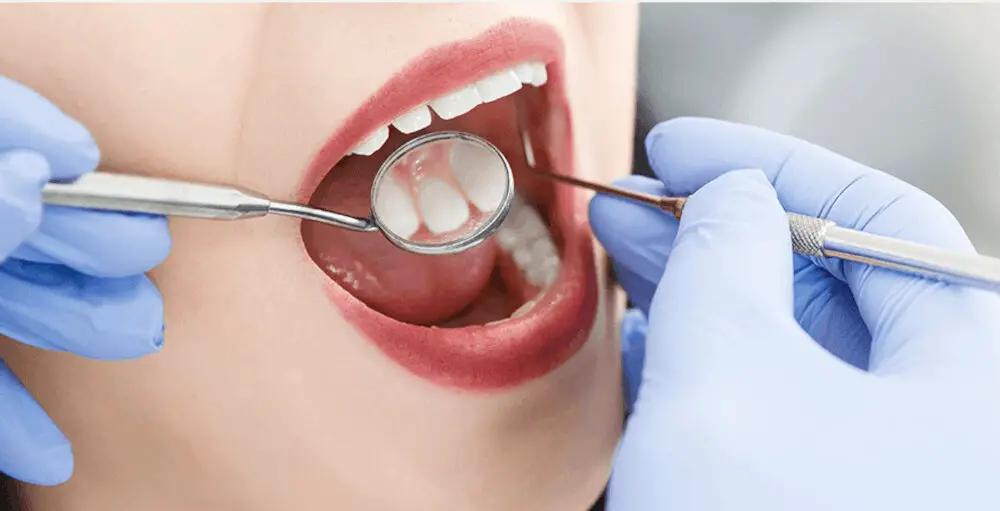
Challenges are inevitable in both our personal and professional lives. However, there are several things that we can do to overcome them. Firstly, it is important to have a positive attitude towards challenges. Instead of seeing them as obstacles, we should view them as opportunities for growth and learning. By adopting this mindset, we are more likely to approach challenges with a sense of curiosity and openness, which can help us to find creative solutions. Secondly, it is important to be resilient in the face of challenges. This means having the ability to bounce back from setbacks and continue moving forward. One way to build resilience is to practice self-care. This can include getting enough sleep, eating a healthy diet, and engaging in activities that bring us joy and relaxation. By taking care of ourselves, we are better equipped to handle the stress and uncertainty that often comes with facing challenges. Ultimately, the key to overcoming challenges is to approach them with a growth mindset and to take care of ourselves along the way.
Resistance is a common issue when it comes to teaching toddlers healthy habits such as brushing their teeth. They can become stubborn and uncooperative, making the task challenging for parents. However, there are ways to deal with resistance. First, it’s important to stay calm and patient. If you become frustrated, your child will pick up on this and become more resistant. Secondly, try to make the task fun and engaging. Sing songs, use fun toothbrushes, and make silly faces to make brushing more enjoyable. Finally, provide positive reinforcement such as praise or small rewards to encourage good behavior. With persistence and a positive attitude, you can overcome resistance and instill healthy habits in your toddler.
Tantrums are a common occurrence in toddlers, and they can be triggered by anything from hunger to boredom. Handling tantrums can be challenging, but it is important to stay calm and patient. One effective strategy is to distract the child by offering them a toy or engaging them in a different activity. Another approach is to acknowledge their feelings by saying something like \I understand you’re upset, but we need to brush your teeth now.\ It is also important to set clear boundaries and be consistent with consequences, such as time-out or loss of privileges if the tantrum continues. With practice and patience, parents can learn to effectively manage their child’s tantrums and promote healthy habits like brushing their teeth.
Overcoming fear is a crucial step in helping your toddler establish healthy dental habits. Many children are afraid of having their teeth brushed, and it’s understandable given the strange sensations and unfamiliar tools involved in the process. The key to helping your child overcome this fear is to make brushing fun and engaging. Use positive reinforcement, such as stickers or a special song, to reward your child for cooperating during brushing time. It’s also important to be patient and understanding, as it may take some time for your child to become comfortable with the routine. By taking these steps, you can help your child establish a lifetime of healthy dental habits and overcome any fear or anxiety associated with brushing their teeth.
Teaching toddlers healthy habits is crucial for their overall well-being and development. Inculcating good habits from a young age ensures that they grow up with healthy practices that become a part of their routine. One such important practice is dental hygiene. It is essential to teach toddlers to brush their teeth properly to maintain good oral health. The earlier they learn, the better it is for them as it sets the foundation for a lifetime of healthy dental habits. Additionally, instilling healthy habits in toddlers helps them to develop a sense of responsibility and independence, which is essential for their growth and development. Therefore, as a parent or caregiver, it’s vital to take the time to teach toddlers healthy habits that will benefit them in the long run.
Brushing teeth is an essential habit that everyone should adopt, especially toddlers. It is crucial to emphasize the significance of brushing teeth to ensure healthy oral hygiene. Teaching children how to brush their teeth from an early age can prevent tooth decay, cavities, and gum diseases. It is necessary to brush teeth twice a day, morning and night, to remove plaque and food particles that can cause bacterial growth. Neglecting to brush teeth can lead to bad breath, yellow teeth, and even tooth loss. Therefore, parents must teach their toddlers how to brush their teeth in five easy steps to ensure a healthy and happy smile.
Brushing teeth is an essential practice that should be instilled in children from a young age. Encouraging your toddler to make brushing a regular habit can help prevent cavities, bad breath, and gum disease. By making brushing fun and exciting, your child will be more eager to take part in this healthy habit. Using colorful toothbrushes, singing songs, and reading stories during brushing time can make the experience more enjoyable. As a parent, it’s essential to lead by example and brush your teeth regularly. By showing your child the importance of oral hygiene, they will understand why brushing is a necessary part of their daily routine. With patience and persistence, you can help your child develop healthy brushing habits that will last a lifetime.
Conclusion
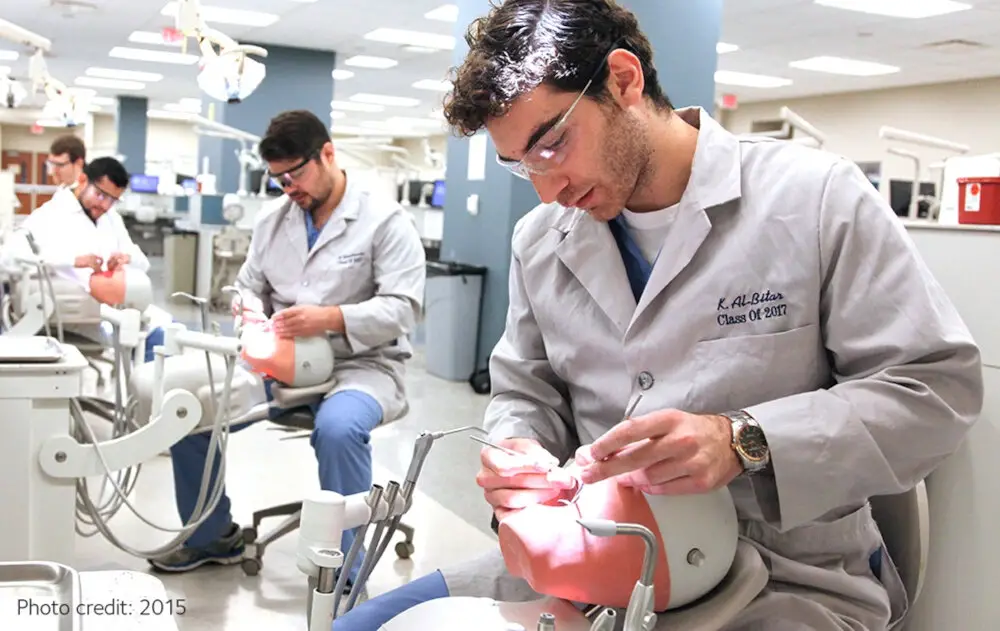
In conclusion, teaching healthy habits to toddlers is crucial for their overall health and wellbeing, and brushing their teeth is a fundamental habit that should be established from an early age. By following these five easy steps, parents can make tooth brushing a fun and positive experience for their little ones. It is important to remember that consistency is key, and parents should make sure to brush their toddler’s teeth twice a day, every day. By instilling good oral hygiene habits in their children, parents are setting them up for a lifetime of healthy teeth and gums. So let’s start brushing those little pearly whites and give our toddlers the gift of good dental health!
